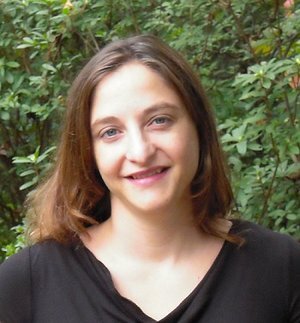Emory University
The essential role of URB, a novel secreted protein, in cochlear development and planar cell polarity signaling
Hearing depends on highly structured hair bundles in the cochlea properly oriented towards the lateral border of the cochlear duct. Abnormalities in this hair bundle structure or its orientation results in hearing loss, for example in the hereditary disorder Usher syndrome. However, the molecular mechanisms that build the polarized structure of individual hair cells remain poorly understood. Our research focuses on the role of a novel secreted protein, URB, in hair bundle morphogenesis and cochlear development. In particular, we are testing whether URB functions as part of a Planar Cell Polarity (PCP) signaling pathway, a highly conserved pathway of widespread biological interest. We are also investigating possible links between URB and the Usher syndrome network of proteins. We hope that defining these roles for URB in bundle morphogenesis will help in the design of rational therapies for the treatment of Usher syndrome and other forms of hereditary hearing loss in the future.




